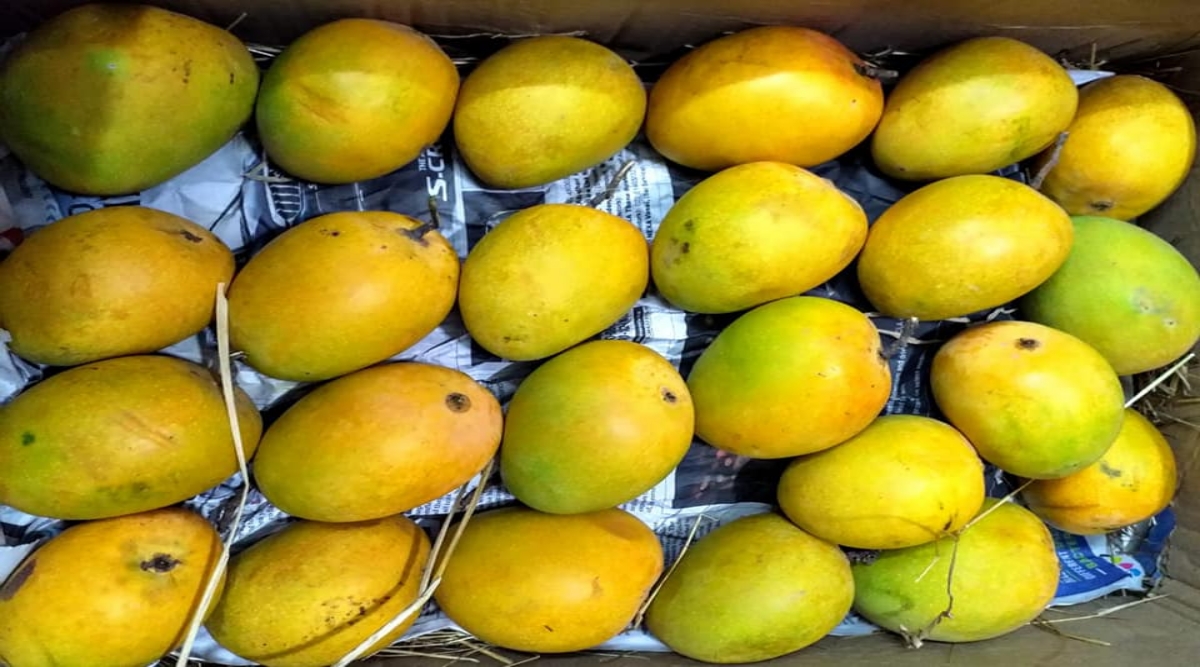

#Alphonso mango registration#
In India, GI tags are administered by the Geographical Indication of Goods on the basis of the Registration and Protection Act of 1999. These indications are a part of the intellectual property rights that are included under the Paris Convention for the Protection of Industrial Property. What does a GI tag provide?Ī geographical indication sign is used on products that have a specific geographical origin and have a reputation because of that origin. The place of origin becomes a sort of intellectual property. There is an obvious link between the product and its original place of production.Īny other country cannot claim the GI tag of another area. The qualities of the products depend on the place of production.

The product should have specific characteristics and qualities of the product because of its place of origin. It is a sign that is used on products that have a specific geographical origin.įor a product to have a GI tag, it should be identified as originating from a given place. When expanded GI tag stands for Geographical Indications. What is GI tag and How Alphonso Mango Got GI Tag? The Independent, Independent Digital News & Media, London, UK.

^ "Indo-US Trade in Wheat and Mango: A Game-Theoretic Approach to SPS Standards" (PDF)."Transcriptional transitions in Alphonso mango ( Mangifera indica L.) during fruit development and ripening explain its distinct aroma and shelf life characteristics". "Gujarat: South Gujarat produces 180 varieties of mangoes". ^ Thomas, Melvyn Reggie Bhatt, Himansshu (June 7, 2017).^ "Geographical indicator approved for Devgad Alphonso"."Alphonsoes from Devgad and Sindhudurg get GI tag". "How India's mango diplomacy has been winning friends and foes over the years". ^ Alvares, Patricia Ann (15 April 2019).^ a b c d e Sukhadwala, Sejal (27 April 2012).In January 2015, the European Commission lifted the ban following significant improvements in the Indian mango export system. The Indian government had described this decision as arbitrary and businesses claimed they would suffer financial losses due to the ban. The European Union imposed a ban beginning in April 2014 on import of mangoes after finding "non-European fruit flies" in some consignments, creating a significant threat to UK salad crops. However, the mangoes needed to be treated before entering the country in order to stop the introduction of non-native fruit flies, destructive fungi, and other pests that could harm American agriculture. Import bans Īn import ban imposed in 1989 by the United States on Indian mangoes, including the Alphonso, was lifted in April 2007. It is exported to various countries, including Japan, Korea and Europe. The Alphonso is prized in domestic and international markets for its taste, fragrance and vibrant color. Mango sorbet, ice cream, lassi, soufflé, mousse, and puree are some culinary preparations using Alphonso mangoes.
#Alphonso mango skin#
As the fruit matures, the skin of an Alphonso mango turns golden-yellow with a tinge of red across the top of the fruit. The fruits generally weigh between 150 and 300 grams (5.3 and 10.6 oz), have a rich, creamy, tender texture and delicate, non-fibrous, juicy pulp. The time from flowering to harvest is about 90 days, while the time from harvest to ripening is about 15 days. The Alphonso mango is a seasonal fruit harvested from mid-April through the end of June. Plantation of Alphonso mangoes Description


 0 kommentar(er)
0 kommentar(er)
